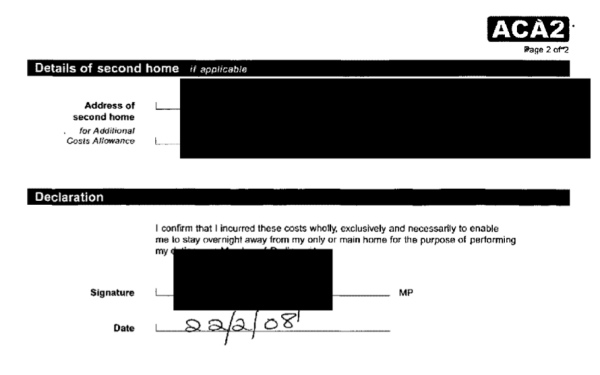How can and should news organizations and others add value to the new news ecosystem that is being used in the Iran story?
Or to put the question another way: The New York Times keeps talking about how expensive its Baghdad bureau is and what a fix we’d be in without it. Well, the essential truth in Iran is that no one has a Tehran bureau (or if they do, it has been rendered useless by government diktat). So we have no choice but to replace that bureau with the people, with witnesses empowered to share what they see.
The New York Times, the Guardian, and Andrew Sullivan, to name three, have been doing impressive work with their live blogs, sifting through Twitter, Facebook, YouTube, blogs, trying to add as much context and as many caveats as they can. The live blog is print’s equivalent of live TV; it is the way to cover a story such as this: process journalism over product journalism.
But clearly, in that coverage of and by the people, we are experiencing severe filter failure, to use Clay Shirky’s term. Look at the hundreds of tweets that emerge every minute and at the overuse of the word “confirmed” on them, which is meaningless if you don’t know who’s doing the confirming. There’s no way to tell who’s who, who’s there, who’s telling the truth, who’s not.
Note the repeated word: Who. The greatest value a news organization can add to this new news ecosystem is to identify, curate, vet, and train people. Ideally, that needs to happen before the big story breaks. But it can even be done outside the country, as I saw CNN do this morning, talking with a Columbia University student from Iran, who knew who was real and was there from her network of family and friends. Of course, even if you know the people you’re listening to, it’s impossible to know whether everything they say is true unless you can verify it yourself. But that’s the point: You can’t.
So you need to have the best head start you can have. The larger the network of people a news organization can organize, the better shape it will be in when news breaks, the better it can filter the reports that come – whether from people in that network or in the larger network of people those people know. The more people in the network, the more who can go to the scene of news or research closer to it – the more you can ask for help…


